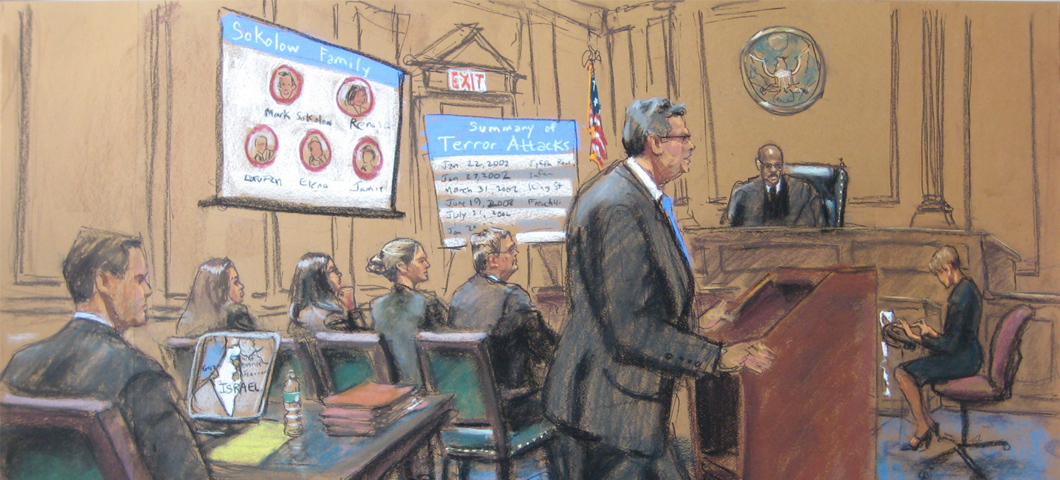Trial Presentation Trusted Experts in Courtroom Technology and Graphics
Trial Presentation Trusted Experts in Courtroom Technology and Graphics
Blog Article
Captivate the Court: Necessary Elements of a Powerful Trial Presentation
Crucial components such as recognizing the target market, crafting an engaging story, and understanding spoken and non-verbal communication are important elements of a reliable presentation. As these variables link, they develop a cohesive strategy that not just educates yet additionally involves jurors on multiple degrees.

Recognizing Your Audience
Recognizing your audience is a crucial element of reliable trial discussion. An effective presentation depends upon the ability to realize the demographics, values, and proneness of jurors. This comprehension informs just how disagreements are mounted, evidence is provided, and sob stories are crafted, ensuring that the message reverberates with the jurors on an individual level.
Research study shows that jurors come from varied histories and may have differing degrees of recognizing pertaining to legal proceedings. Additionally, comprehending the jurors' possible prejudices and life experiences allows the test speaker to prepare for arguments and address concerns proactively.
Effective test presentation likewise includes observing jurors' reactions throughout the procedures. Involving with jurors as people rather than a cumulative device is necessary in promoting a strong link in the courtroom.

Crafting a Compelling Narrative
Crafting an engaging narrative is vital in directing jurors through the intricacies of a case. A well-structured narrative not just simplifies detailed legal concepts yet likewise engages jurors on an emotional degree, making the information more relatable and remarkable.
To accomplish this, attorneys should begin by determining the core message they wish to communicate. This message should reverberate with the jurors' values and experiences, cultivating a link that transcends plain realities. The story needs to unfold rationally, presenting occasions in a clear sequence to prevent complication. This chronological strategy can assist jurors comply with the progression of events, emphasizing domino effect.
Integrating human aspects-- such as individual stories or stories-- can additionally boost the story's influence. These elements evoke compassion, permitting jurors to visualize the repercussions of the situation on realities. Furthermore, utilizing a regular theme throughout the presentation strengthens the major disagreement, making it much easier for jurors to preserve crucial points.
Eventually, an engaging story transforms a trial presentation from a simple recounting of realities right into an influential story that mesmerizes the jury, motivating them to ponder with both reason and emotion.
Using Visual Aids
Including aesthetic help into a trial presentation can considerably boost jurors' understanding and retention of info. Aesthetic products such as graphes, layouts, pictures, and video clips can transform complex lawful ideas and evidence right into easily absorbable styles. By engaging numerous detects, these aids permit jurors to picture the situation's vital aspects, making it simpler for them to follow along and More Help realize complex details.
Additionally, properly designed visual help can highlight crucial factors and highlight partnerships in between different items of proof. Timelines can properly highlight the sequence of events, while annotated photos can this article clear up certain details appropriate to the instance. This not only help in understanding but likewise enhances the narrative provided by the lawyer.
Extremely intricate or messy visuals may overwhelm jurors and detract from the message. Eventually, efficient aesthetic interaction can be an effective device in persuading jurors and helping them reach informed conclusions.
Mastering Verbal Communication
Effective verbal interaction is critical in a test discussion, as it offers as the key ways whereby lawyers share their debates and get in touch with jurors. Understanding this ability includes clearness, persuasion, and engagement. Attorneys should verbalize their points plainly and briefly, preventing legal jargon that may confuse jurors. Simplicity in language cultivates understanding and aids jurors comprehend complicated issues provided during the trial.
Additionally, tone and pacing dramatically effect how messages are obtained. A positive tone conveys authority, while proper pacing permits jurors to take in info without feeling bewildered. Lawyers ought to additionally vary their vocal inflections to highlight essential factors and preserve jurors' passion throughout the discussion.
Additionally, the company of spoken disagreements is important. Structuring the narrative logically and coherently assists jurors adhere to the attorney's line of thinking, making it easier for them to maintain critical details. Using influential techniques, such as storytelling, can likewise boost the psychological resonance of the arguments provided, therefore creating a much more extensive link with jurors.
Ultimately, mastering verbal interaction not just strengthens an attorney's situation however additionally promotes depend on and relationship with the court, dramatically enhancing the chances of a positive decision.

Involving With Body Movement
Nonverbal communication plays an important role in test discussions, frequently communicating messages that words alone can not share. Body movement, encompassing gestures, stance, faces, and eye get in touch with, dramatically affects how jurors perceive the integrity and genuineness of the presenter. A positive stance, with shoulders back and an open pose, can infuse trust fund, while closed-off body language might recommend defensiveness or unpredictability.

Facial expressions should reflect the feelings connected with the case, strengthening the narrative existing. A genuine expression during a poignant minute can generate compassion and enhance the emotional appeal. Inevitably, understanding body movement is vital for efficient trial discussions, as it boosts spoken communication and develops an engaging existence that resonates with the court.
Final Thought
In final thought, mesmerizing the court requires a tactical approach that incorporates recognizing the audience, crafting an engaging narrative, using visual aids, mastering verbal communication, and engaging through body movement. Each aspect plays an important role in developing a powerful test discussion that resonates with jurors on both psychological and intellectual levels (trial presentation). By integrating these parts successfully, lawyers can substantially enhance their capability to persuade and influence court decision-making
Report this page